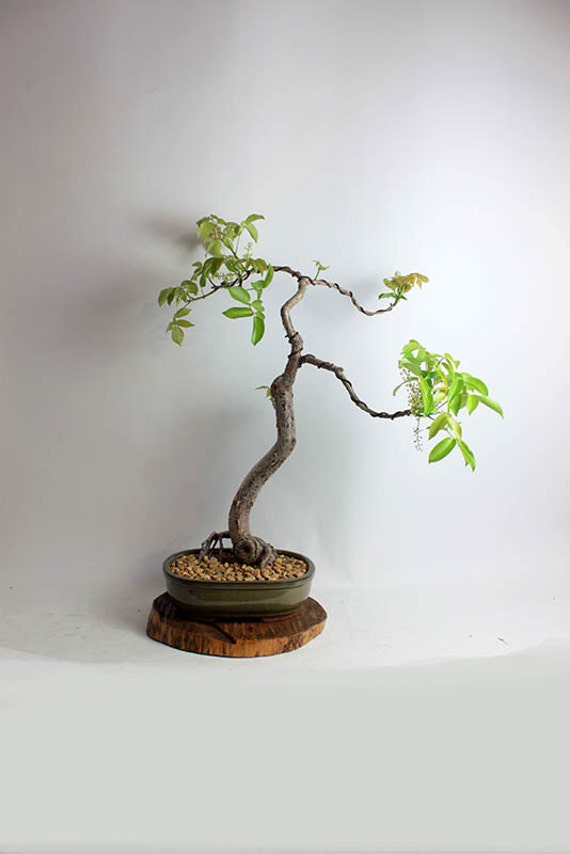

Birds love the fruit of gumbo limbo and aid the tree in its dispersal, dropping seeds with a bit of fertilizer wherever they go. The ripe red seeds are found in early summer. Gumbo limbo trees produce rather inconspicuous greenish flowers in late winter, but it takes a year for the seed pods to mature. Its thin bark, especially the green bark of limbs of the current year is capable of photosynthesis, allowing the gumbo limbo to rebound quickly. Gumbo limbo trees are deciduous, dropping their large compound leaves during drought conditions and in the fall, but also often losing them during tropical storms. Its roots are shallow, often snaking across the surface, taking advantage of the high water table and invading and widening cracks in limestone. A close look at the gumbo limbo tree reveals many adaptations to the South Florida environment it thrives in. ( English ) Scope and Content: Source: Gumbo Limbos 3 Take a close look at those branches: those formed during the past year are greenish in color, those that are more than a year old take on the red that we recognize by the name 'tourist tree'. Gumbo limbo trees can grow to 60 feet tall and two to three feet in diameter with a broad crown and large branches. No, the gumbo limbo tree doesn't get sunburned, but its bark is very thin and it naturally peels in patches much like a human with a bad sunburn. The gumbo limbo tree is called the tourist tree because of its red, peeling skin. Whenever that name is associated with the gumbo limbo tree for the first time, the listener standing before the tree erupts with a broad smile, if not an audible chuckle showing immediate understanding. Although the name 'gumbo limbo' seems rather catchy and easy to remember, this tropical tree that is native to South Florida and the Caribbean Basin is probably best known in the United States by the colloquial name 'tourist tree'. ( English ) Scope and Content: Source: Gumbo Limbos 2

The name 'gumbo limbo' is a reference to the sticky quality of the tree sap that made it useful in catching birds. The word 'limbo' doesn't come from the English word referring to a place between heaven and hell, but apparently from the African Bantu language. So what is sticky about the gumbo limbo tree? Its sap. The name is also linked to the thick, sticky mud called 'gumbo' of the Mississippi Delta and, of course, to chewing gum. The name 'gumbo limbo' seems to have its origin in African American heritage and yes, it's also linked to the thick soup we call 'gumbo': soup that is made thicker and somewhat sticky by the addition of okra. Native from Central America and Mexico through the West Indies, the gumbo limbo tree is also an important component of South Florida hammock habitats and an important landscape plant. Among Florida's native plants are many tropical species whose ranges barely reach into the state. Notes Scope and Content: Source: Gumbo Limbos 1


 0 kommentar(er)
0 kommentar(er)
